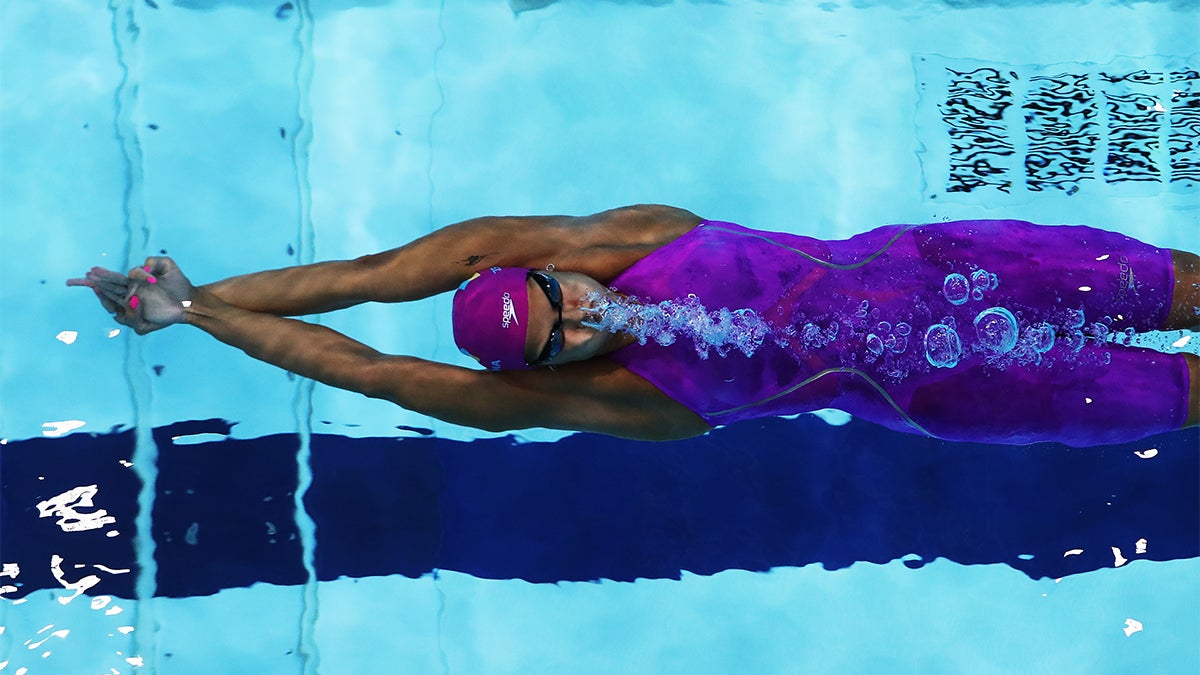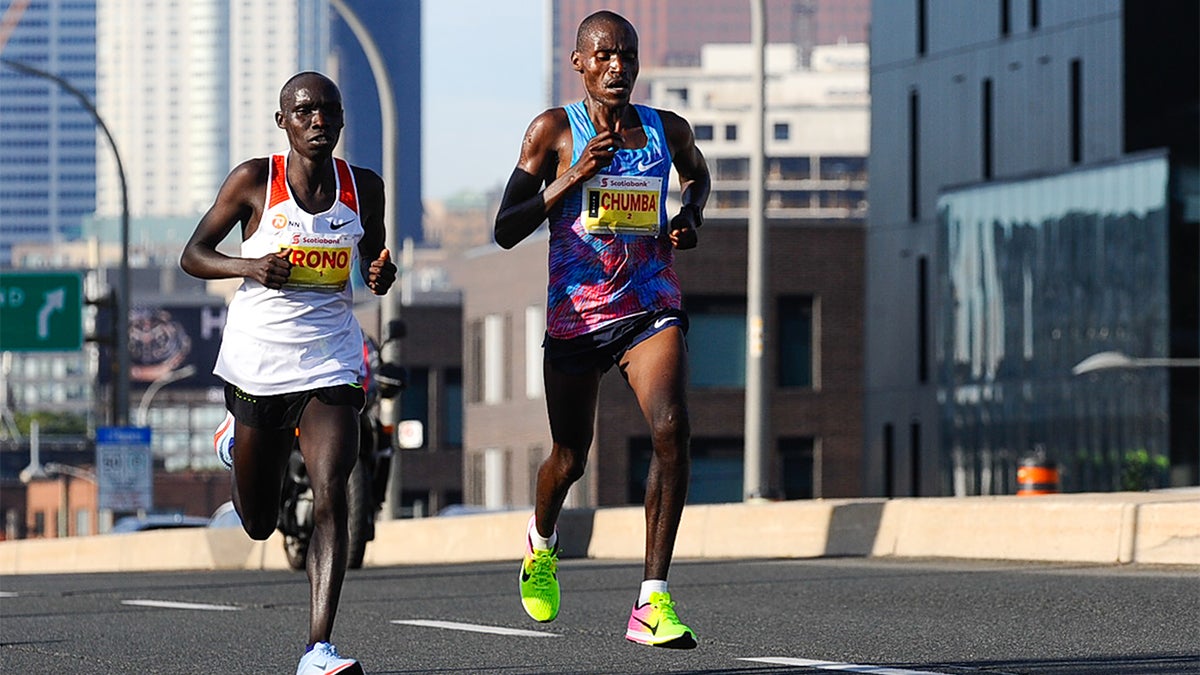Better runner than swimmer? It might be because of your body type

If one were to compare a short-distance sprinter and a long-distance runner, their body types can be vastly different. A sprinter would have a more muscular build and framework while a long-distance runner will more than likely be thinner and leaner. By looking at a runner’s body mass index, (BMI) a weight-to-height ratio, one can typically determine the type of distance competition that athlete is in.
Three anthropologists at Hunter College at City University of New York wondered if they could determine what distance event a swimmer is in by looking at their BMI. Christian Gagnon, Michael Steiper, and Herman Pontzer conducted their study by testing their hypothesis: “Swimmers will have an optimal BMI that does not vary with event distance.”
For instance, consider swimmers Michael Phelps and Ferry Weertman. Phelps, the most decorated Olympian of all time, has a BMI of 24 while Weertman, the gold medalist in the 10 kilometer marathon this past Olympics has a BMI of 25.
A comparison of Olympic-medal winning runners Usain Bolt and Meb Keflezighi would show that their BMI’s are not as similar to one another, Bolt having a BMI of 25 and Keflezighi with 22. (There is also a notable height difference between Bolt and Keflezighi) Not to say Phelps and Weertman could win if they traded events, but their BMI will not be a negative factor for them whereas if Bolt and Keflezighi were to change events, their success would be more in question.

Considering that a sprinter is on land and a swimmer is in the water, the speed-endurance trade-off would be different per type of environment. On land, a sprinter uses muscles to pull themselves forward. For long-distance runners they have to maintain the endurance of holding their upper body mass while a swimmer uses their mass to stay buoyant and reduce the drag in the water. In their study, the three researchers state “a larger body and increased surface area will increase drag [in a swimmer], which will decrease racing speed” and that “a swimmer’s mass is less costly in water and the optimal BMI will not vary with race distance.”
The three scientists gathered data, obtained from The Guardian, that showed the height, weight, and age of athletes per sport, by testing their theory that the BMI of a swimmer doesn’t affect the length of an event the same way it would for a runner. The researchers plotted BMI per athlete by their event, separating them by male and female swimmers and male and female runners to get an accurate data description. Their study showed that there was a difference between the type of body frame of a short-distance sprinter versus a long-distance runner as distance in meters grew. However, for a swimmer, their BMI was not relative to the distance. Two swimmers who are similar in height and weight could compete in a 50m or 10,000m event and not be weighed down like a runner would be.
In conclusion, swimmers are not held to the same body restrictions as someone who is a runner. Research showed there is a negative correlation between BMI and runners opposed to a rather constant relationship between BMI and swimmers. In other words, a swimmer’s BMI does not decrease over the duration of their event like a runner and actually helps a swimmer maintain mass and use it to their advantage. One of the researchers states in a New York Times article that “for runners, there is a cost to carrying extra mass over long distances,” but, “for swimmers, there is less cost to having more muscle mass.” In other words, one can’t determine the event a swimmer is in by looking at them the same way one would be able to look at a runner and predict what event they may be in.
Tyler Dare is a senior journalism student at Arizona State University

